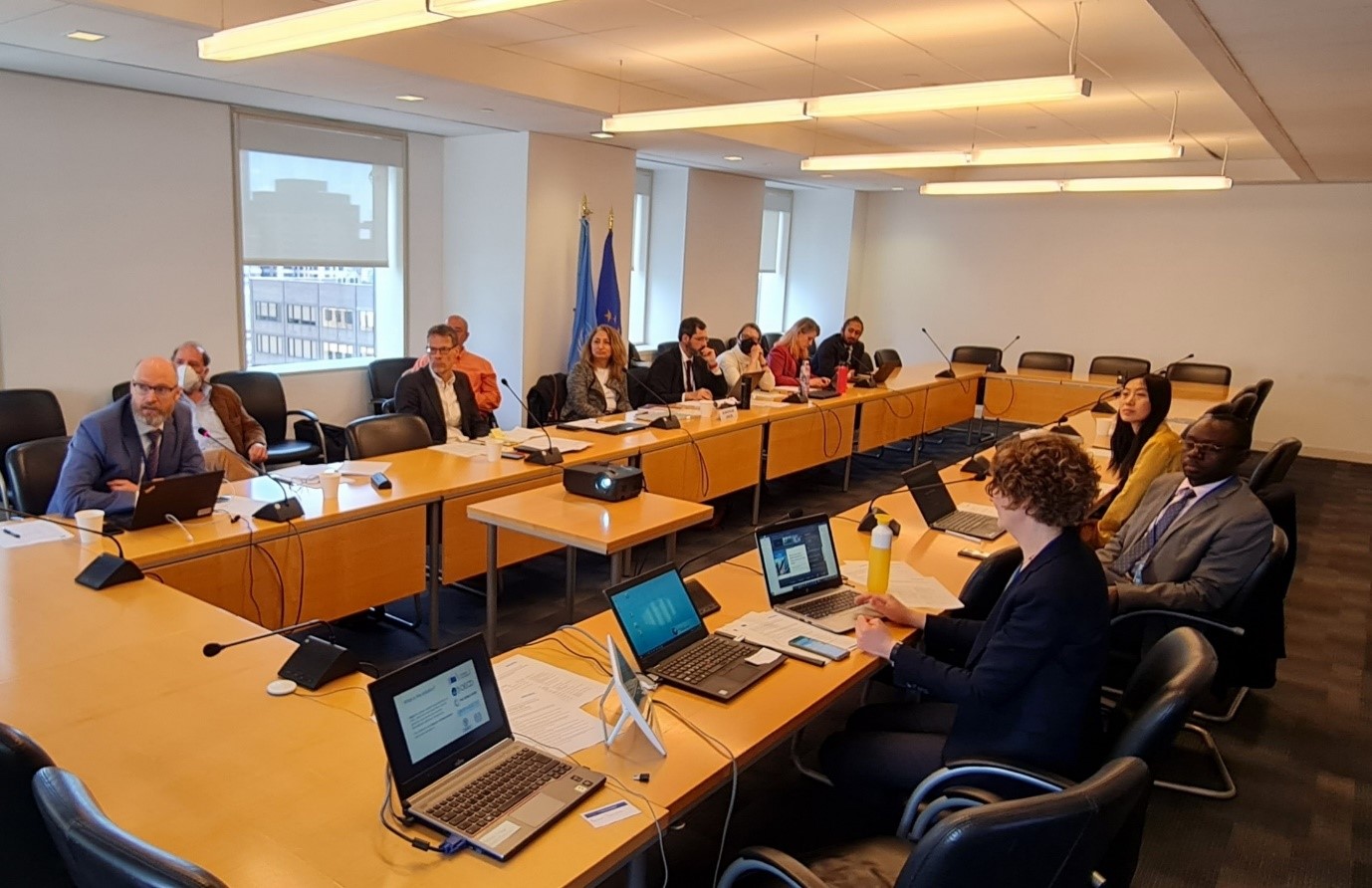New York City, 16 May 2022 -- The United Nations Statistical Commission recently endorsed a new approach known as the degree of urbanization to help create uniformity on how countries define cities, urban and rural settlements. This new definition is complementary to national definitions.
Following the Statistical Commission's approval of the new definitions, UN-Habitat is now working on bringing along other UN agencies and international organization to adopt the same methodology so that data is produced, collected and analyzed in a coherent manner.
“Otherwise, it would make it hard to compare the performance of different cities or even the urban population in different countries. To understand cities, we need to understand what boundaries are used for reporting,” said Robert Ndugwa, the head of UN-Habitat’s data unit at a workshop for UN agencies in New York City last month.
“The new definition shows how different goals for sustainable development are advancing, and if there are differences in urban and rural areas,” he added.
The definition was developed by the European Commission in collaboration with several international organizations. However, important data producer on human development were missing from the table so far. These include UNICEF, UN Headquarters with the Department of Economic and Social Affairs (DESA), and the UN Population Fund, UNFPA.
UNICEF´s support for the universal definition of the Degree of Urbanization is a small revolution in the data world as UNICEF runs the largest household surveys in developing countries that measure many targets of the Sustainable Development Goals.

When a disaggregation by the Degree of Urbanization is included in the data collection through such surveys, new and promising analysis can be carried out not only by UNICEF, but also by countries and other organizations and academia.
“UNICEF supports the new definition of urban and rural areas. We need to include this in our internal data work and also in the data collection through our household surveys. If data is geocoded when it is gathered, we will be able to analyze child and maternal wellbeing by urban, peri-urban and rural areas,” said Turgay Ünalan from UNICEF’s data division.
“This is important because we have seen an ‘urban advantage’, that in general urban areas perform better than rural areas, for example for education. At the same time, it is important to look at inequalities within areas. We call it the ‘urban paradox’: the poorest children in cities are worse off than the poor children in rural areas. City averages can hide these inequalities,” added Jan Beise from UNICEF.
“The definition of the Degree of Urbanization has a clear advantage for international comparison. The estimates are very solid while the projections are a bit less certain. For reporting on the Sustainable Development Goals, going back to 2015 when they were launched is tricky,” said Patrick Gerland Chief of the Population Estimates and Projections Section from the UN Department for Economic and Social Affairs (DESA).
“However, for the successor of the Development goals after 2030, we are very optimistic that the Degree of Urbanization can be included in the data methodology and reporting,” he added.
UN-Habitat’s work on the Degree of Urbanization is supported by the European Union who funded the project “Urban2030- Monitoring and Reporting of the Urban and Territorial Dimensions of the Sustainable Development Goals”.
Related articles:
https://unhabitat.org/whats-in-a-definition-a-lot-when-it-comes-to-data-collection